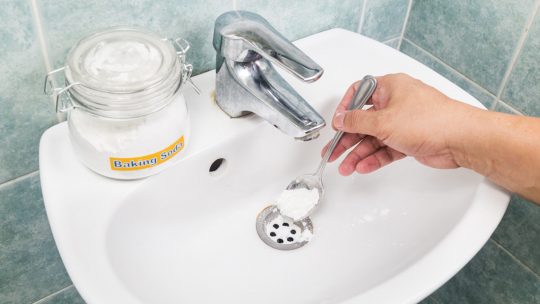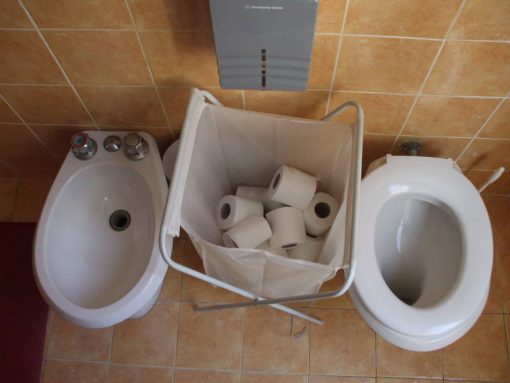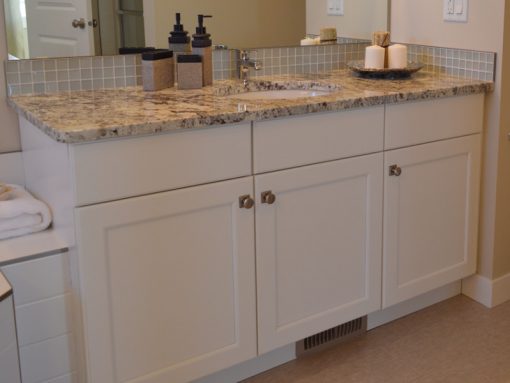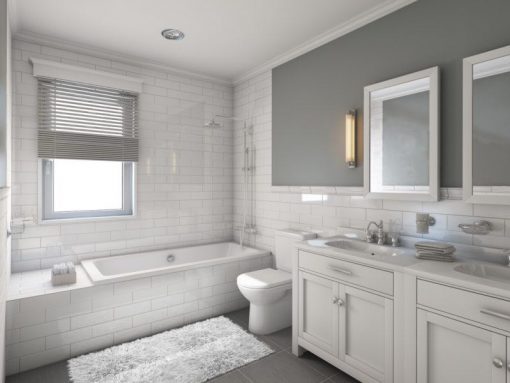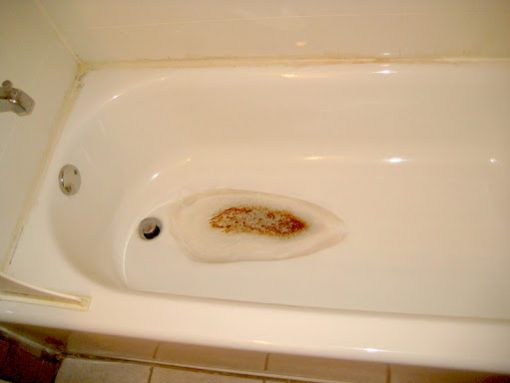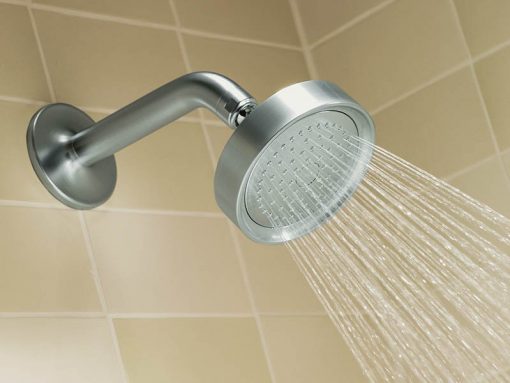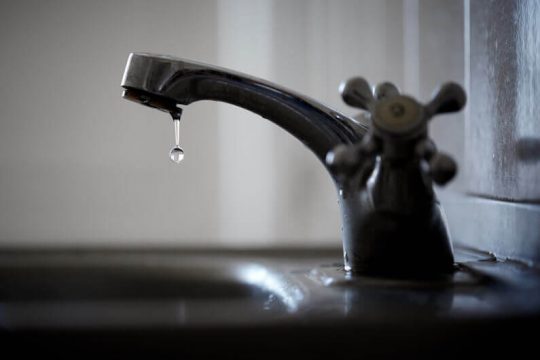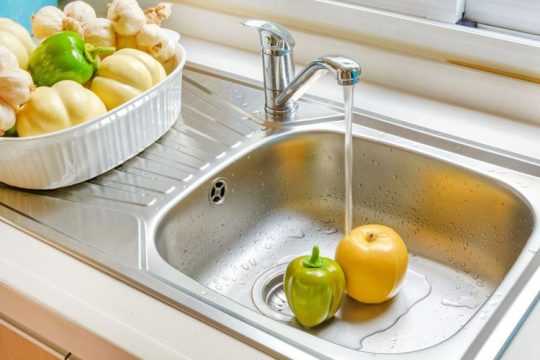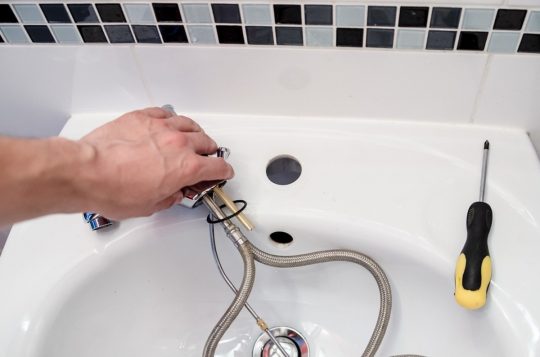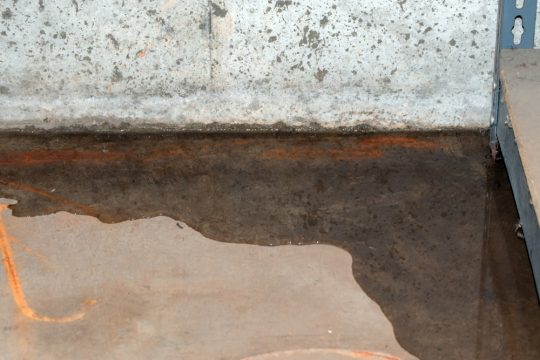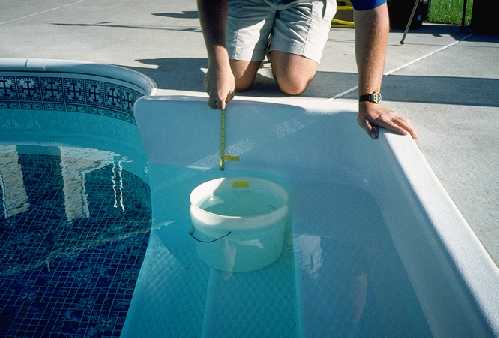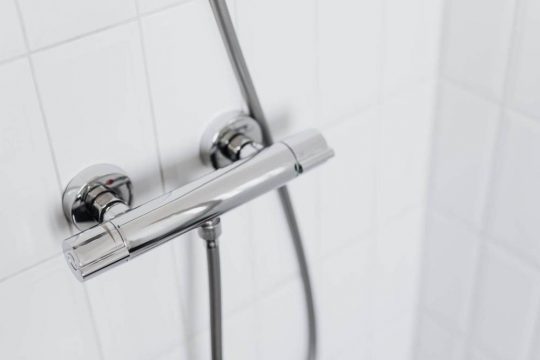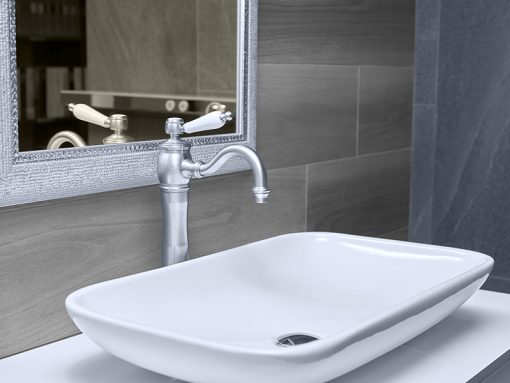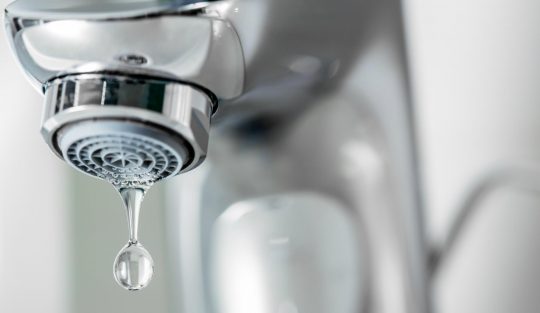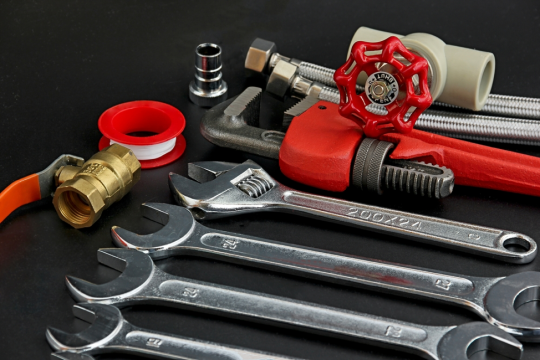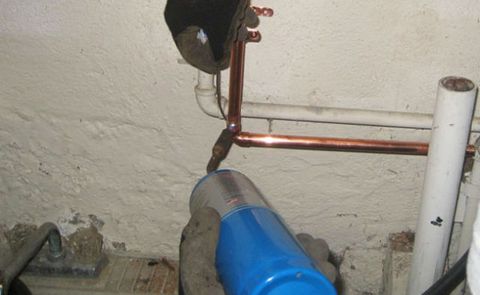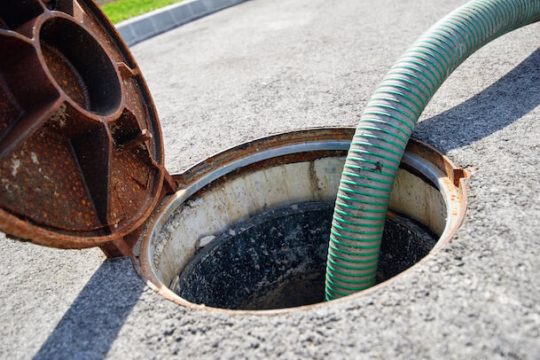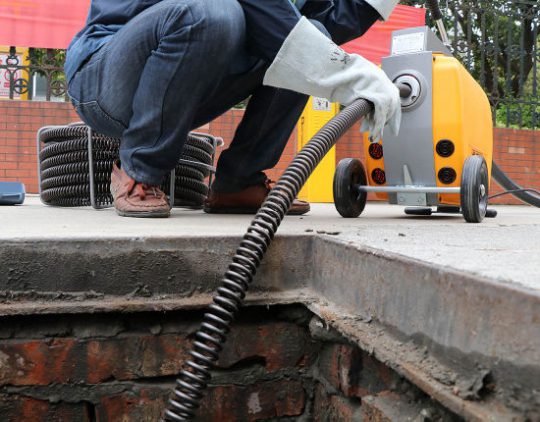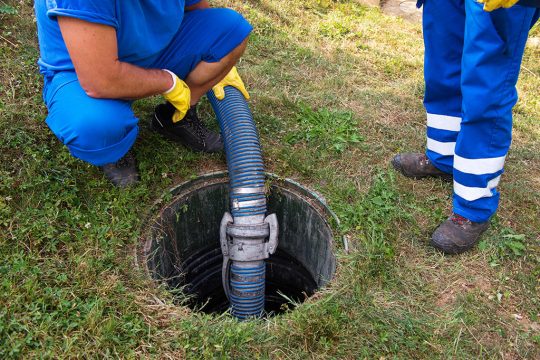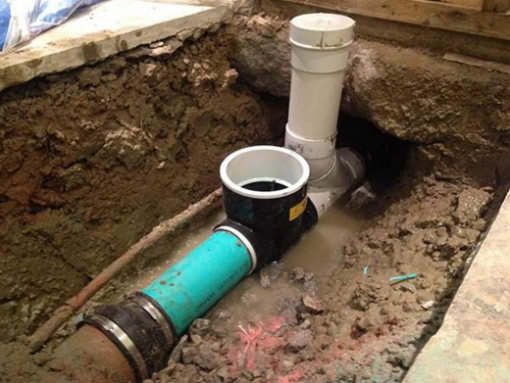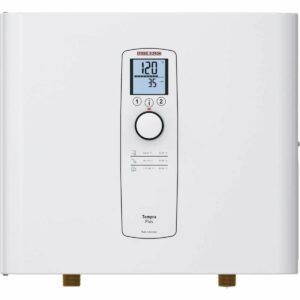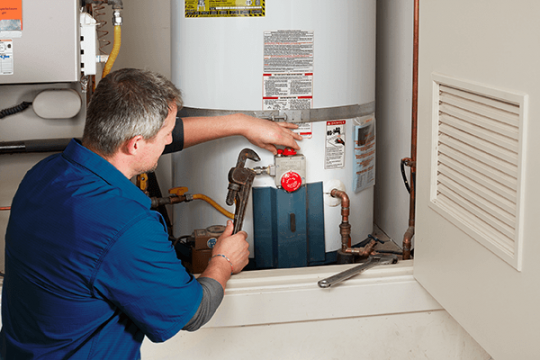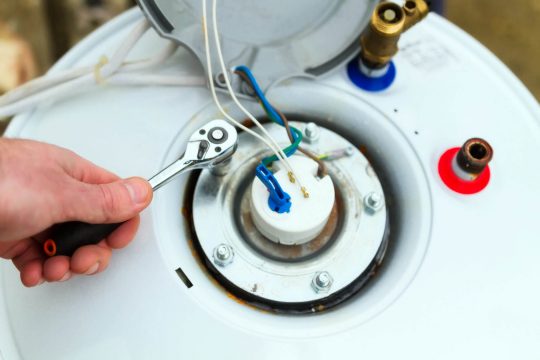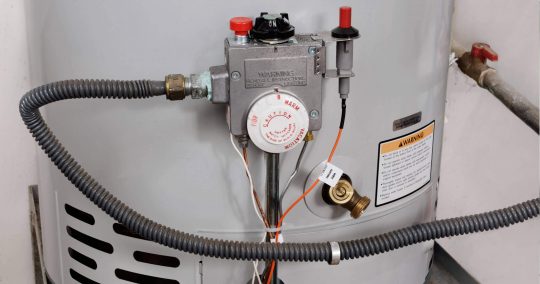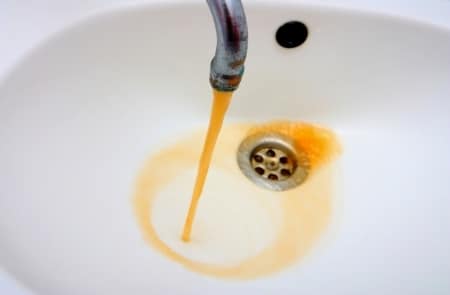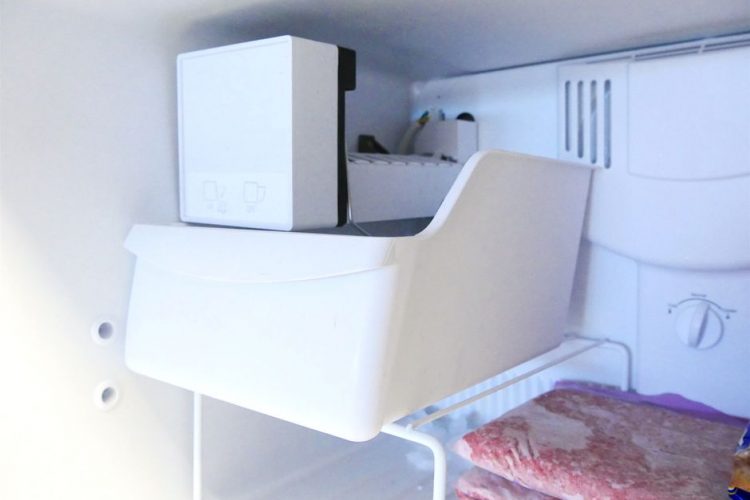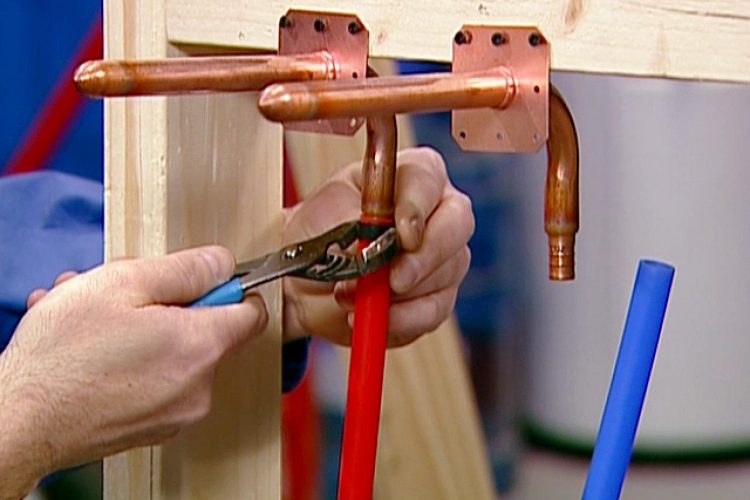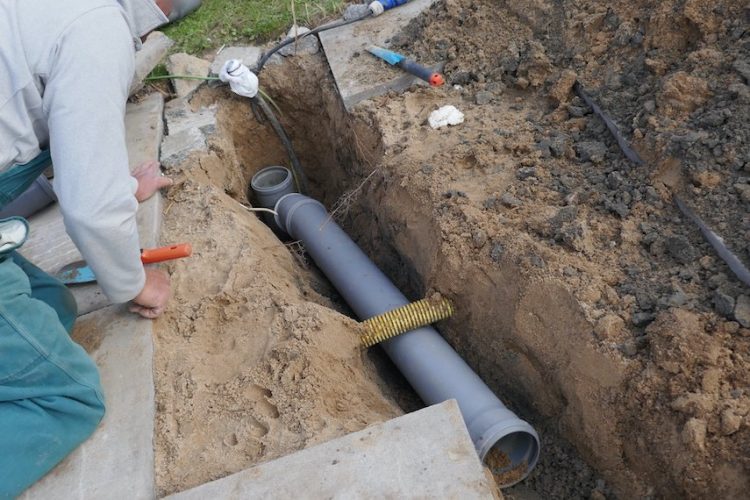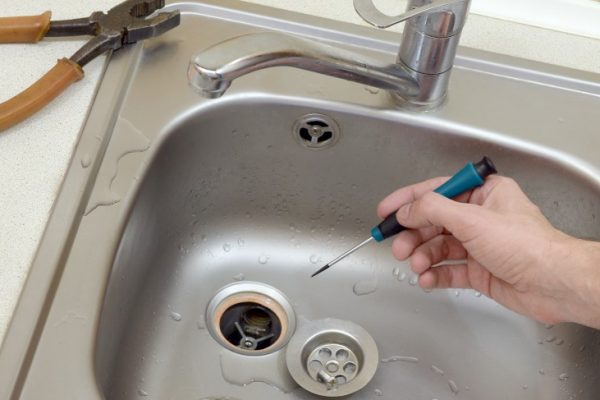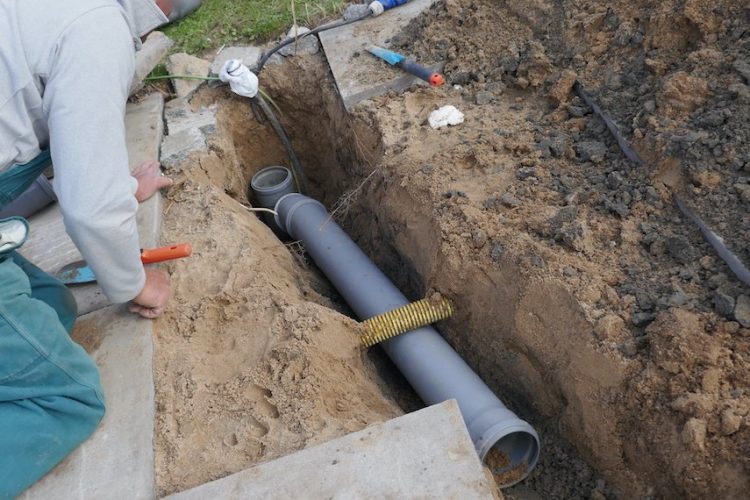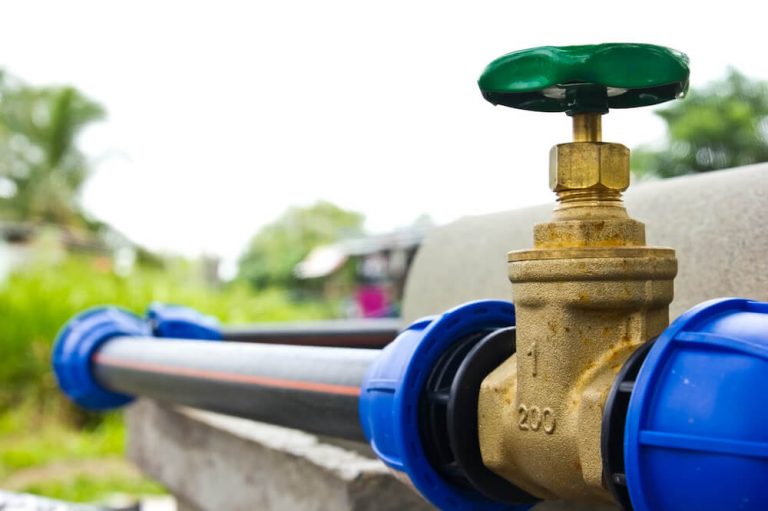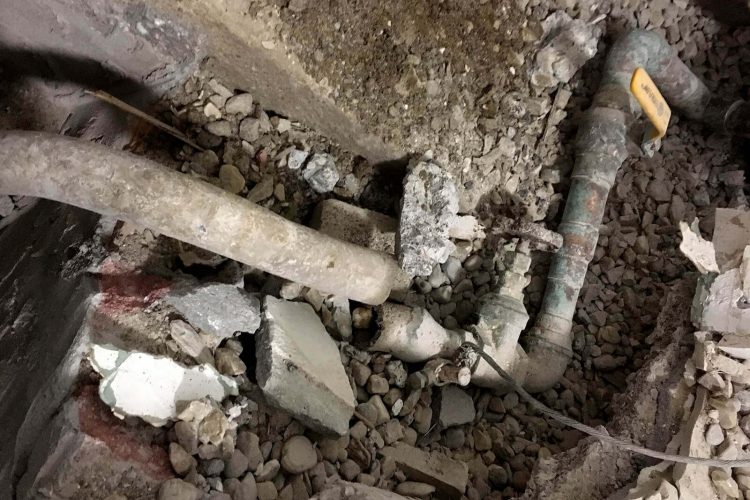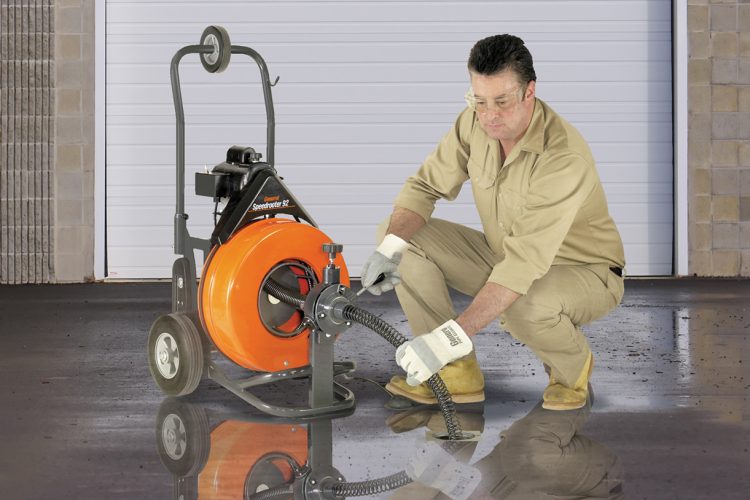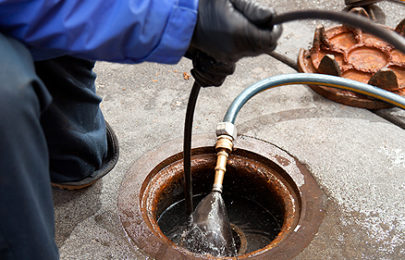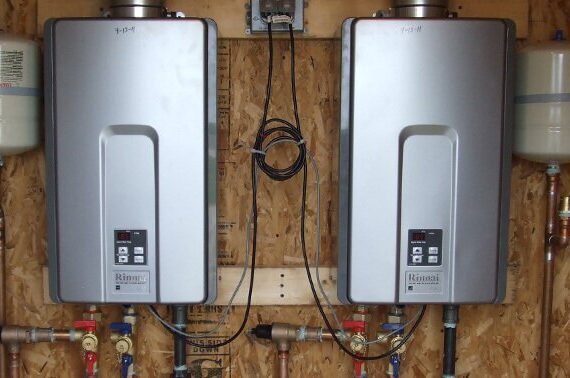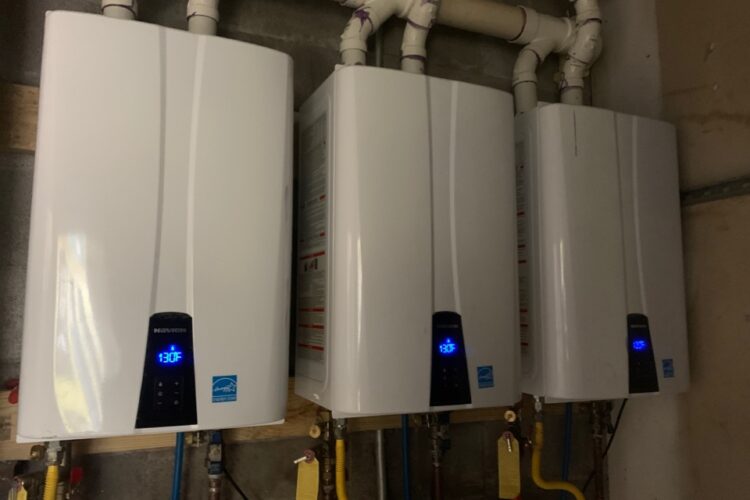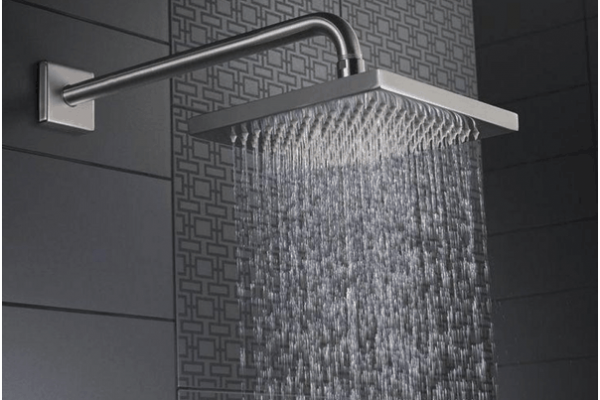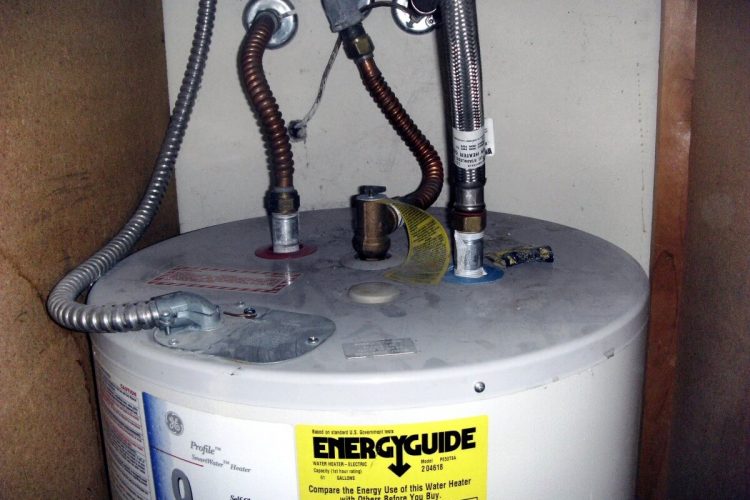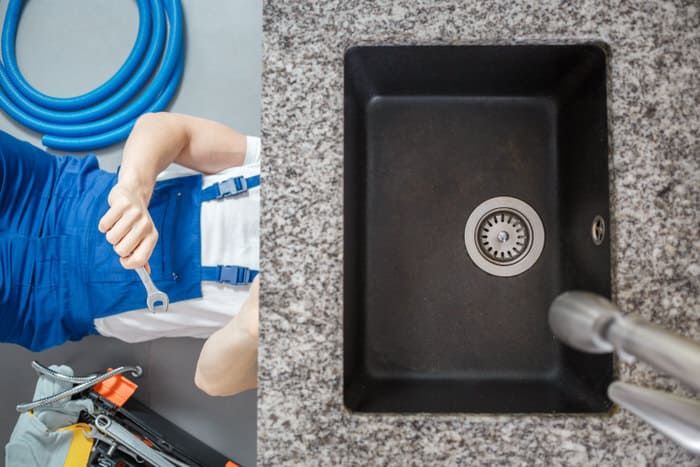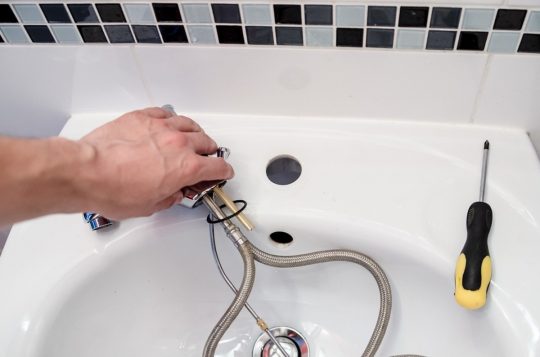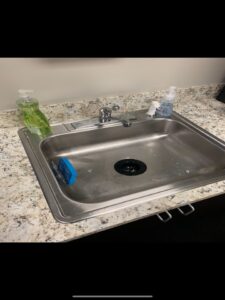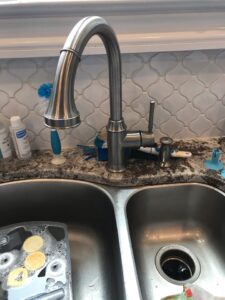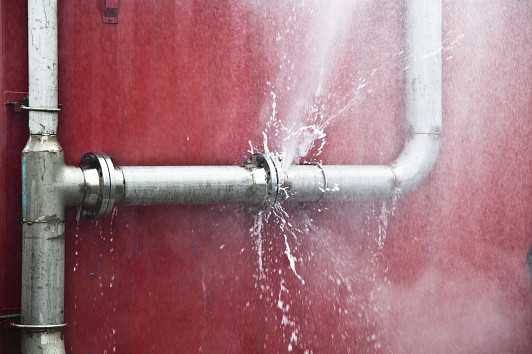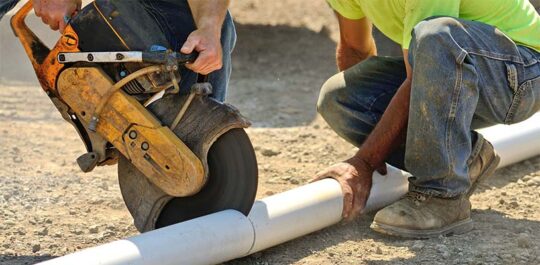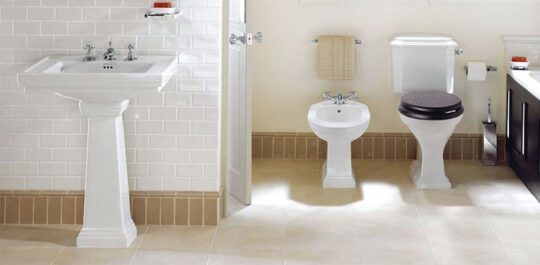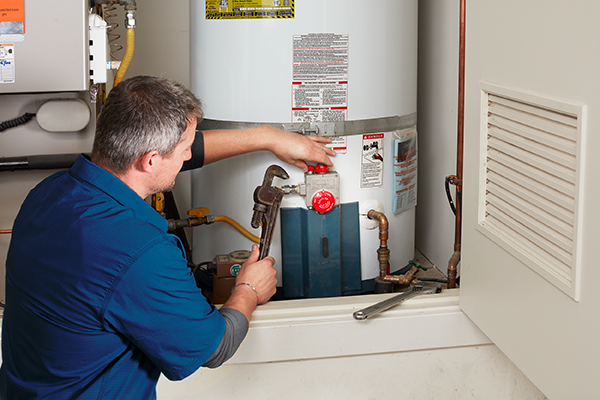Which Kitchen Sink is Right for You
When remodeling your kitchen, the sink plays a huge part. Not only is it hard to move, but it is used constantly. It is important to consider both the aesthetics and the usability features, style, and function when you decide which kitchen sink is right for you. Today we’re going to discuss some of the aspects you may not have considered in order to help you make the right choice.
Buying a Kitchen Sink – Step 1: Consider the Sink Configurations
There are many different types of sinks, including the rectangular basin, double-bowl sinks, or a triple-unit with one large bowl flanked by two smaller bowls. In most cases where one bowl is smaller, that would be the one that houses the garbage disposal unit, and sometimes that is topped with a chopping board.
Pros & Cons
Large Single Sink: Ideal for big families, large pans, and meals for the masses. However, multitasking can become complicated. Two Basins / 60:40 Offset Sink: It’s easier to multitask and ideal for when you want to wash in one basin and rinse in the other, but it’s harder to wash large items when one bowl is smaller. Two Equal Basins: Great for people who want symmetrical designs and allows for multitasking. However, it does take up more space. Space is something you will have to consider no matter which configuration you choose. If your kitchen is very small, you may consider corner circle or corner square sinks, or island sinks.
Buying a Kitchen Sink – Step 2: Consider the Sink Materials
With so many options to choose from, including colorful enamel on cast iron, stainless steel, quartz composite or solid surfacing, you may be spoilt for choice. However, there’s more to it than appearance. You should choose a material that is durable and resists both stains and scratches.
Your Options
Stainless Steel: Still the most popular, stainless steel is durable, lightweight and easy to clean. However, it is not scratch resistant, and mirror finish stainless steel will show up any scratches. Rather opt for heavier gauge or brushed stainless steel. Enameled Cast Iron: If you want a color finish, you may opt for an enameled cast iron sink. It is solid with an enamel surface, which makes for a seriously heavy-duty sink. Resistant to most types of structural damage, it is heavier and more costly to install, however, it will probably last forever. Porcelain on Steel: An embossed steel casing with a porcelain layer results in a lightweight sink that is quite durable. However, it can be noisy during operation.
Buying a Kitchen Sink – Step 3: Consider the Sink Installation Type
Which type of installation is best for your kitchen?
Drop-in / Self-rimming: Most kitchen sinks are installed using this most common method, whereby the sink is mounted from the top and the faucet is located on the built-in rim. Recessed or Undermount: This sink is installed from underneath your kitchen counter and is rimless, which makes it best for installation on solid surfaces such as concrete or natural stone. Tile-Edge / Tile-In: This type of sink runs up flush with the grouted edge, and tiled around for aesthetic purposes. Farmhouse / Apron: This type of sink has a decorative panel face with special requirements where the cabinet is concerned. Once you have decided on these major aspects of your new kitchen sink, you should speak to your plumber about faucet types, spray hoses and garbage disposals to complete your kitchen remodel.

